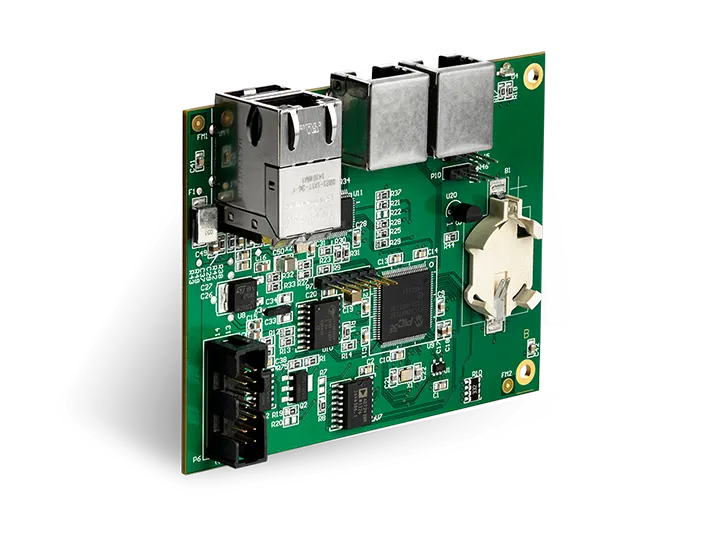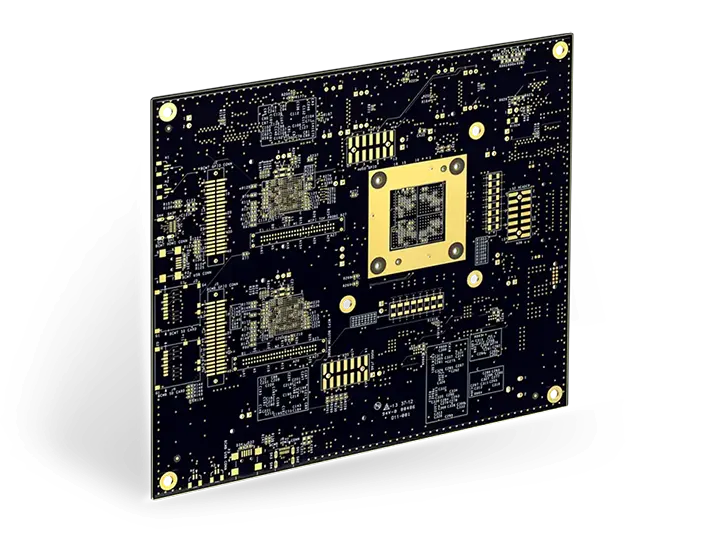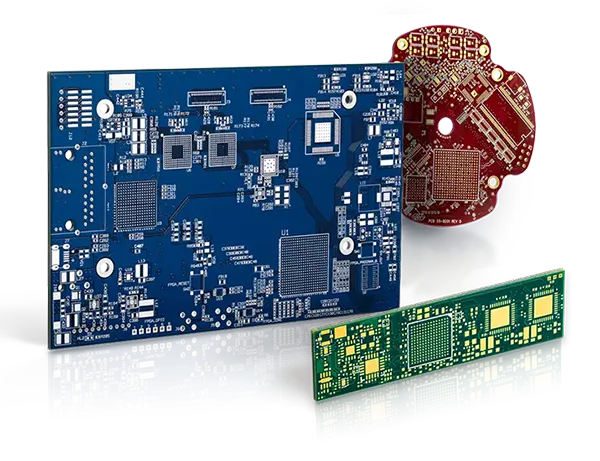Webinar: Designing for Manufacturing from PCB Stack-Up to Assembly Success
REGISTER NOW
June 11th, 2025 | 10 AM PT
COST: FREE
-
0
Days
-
20
Hours
-
41
Minutes
-
29
Seconds
Oren Manor
Valor DFM and PCB Manufacturing Business Director at Siemens EDA
Stephen Chavez
Principal PCB Engineer at Siemens EDA
Amit Bahl
CRO at Sierra Circuits
This webinar will be hosted on Zoom.
Following this event, you will receive:
-
Slides
-
Recording
-
DFM Handbook
-
Better DFM tool
Webinar abstract:
When designing high-speed PCBs, you would have nailed the schematic and layout, but your product might still fail if your stack-up isn’t built right. For a reliable stack-up, stick to PCB design for manufacturing guidelines. It helps you avoid expensive board respins and unexpected production delays.
In this webinar, you’ll learn how to build high-speed PCB stack-ups that prevent crosstalk and impedance discontinuities. You’ll also get familiarized with PCB design for manufacturing strategies to ensure your board performs as intended.
Managing signal integrity and heat dissipation challenges in your stack-up
Material selection plays a critical role in high-speed PCB stack-up design. The wrong material might lead to signal loss, thermal instability, or even board failure. For designs above 5 Gbps, opt for materials with low loss tangents (Df < 0.005). Ensure consistent Dk for uniform impedance across layers. You also need to consider the Tg of your material; a Tg above 170°C is ideal to avoid delamination during multiple reflow cycles.
When designing for high-speed build-up, use ground planes adjacent to signal layers to provide an uninterrupted return path. For example, an 8-layer configuration like Signal – GND – Signal – Power– GND – Signal – GND – Signal helps mitigate EMI and signal coupling. Additionally, keep your stack-up symmetrical to prevent warpage during lamination.
Register now!
Next, focus on designing circuits with uniform impedance. Place signal layers 1-dielectric away from the reference planes to enhance noise suppression. Maintain consistent spacing between signal traces and avoid parallel routing to minimize crosstalk. Use stitching vias to provide a continuous return path.
Thermal performance should also be baked into your stack-up design, especially when dealing with high-current circuits. Use thick copper for power planes (2 oz). Place arrays of thermal vias with 0.3 mm diameter and 0.8 mm pitch under heat-generating components like power amplifiers.
Remember, a great stack-up design isn’t just about electrical performance; it must also be manufacturable. That’s why it’s essential to consult your CM early and follow their PCB design for manufacturing guidelines. The choices you make in your stack-up, material, and layout must align with your manufacturer’s capabilities.
Whether you’re working on a compact IoT sensor or a complex RF system, these design for manufacturing strategies will help you to build high-performance, production-ready circuit boards with confidence.
Register for this webinar to gain practical insights on stack-ups and design for manufacturing.
Webinar agenda:
- Effective strategies to create stack-ups that ensure signal integrity, uniform impedance, and manufacturability
- Aligning PCB design with the manufacturer’s fabrication capabilities
- How DFM improves reliability
- DFM analysis with Siemens tools

Oren Manor, Valor DFM and PCB Manufacturing Business Director at Siemens EDA

Stephen Chavez, Principal PCB Engineer at Siemens EDA
Steph Chavez is a principal printed circuit engineer with over three decades of experience. He is acknowledged globally as an industry Subject Matter Expert (SME) in PCB design. His continued career evolution has elevated him to Industry Though Leadership and as an Industry Influencer regarding printed circuit engineering. He is an author, podcast host and is currently a Principal Technical Product Marketing Manager with Siemens. He is one of the co-authors and instructors of the industry PCEA Training curriculum and certification (Certified Printed Circuit Designer (CPCD)) governed by PCEA. He continues to pave the way for the evolution of the printed circuit engineering professional within the industry. His focus is on continuous improvement for the PCB design profession by serving as Chairman of the Board for the PCEA. Steph is a proud military veteran of United States Marine Corps, where he served five years as an avionic technician.

Amit Bahl, CRO at Sierra Circuits



